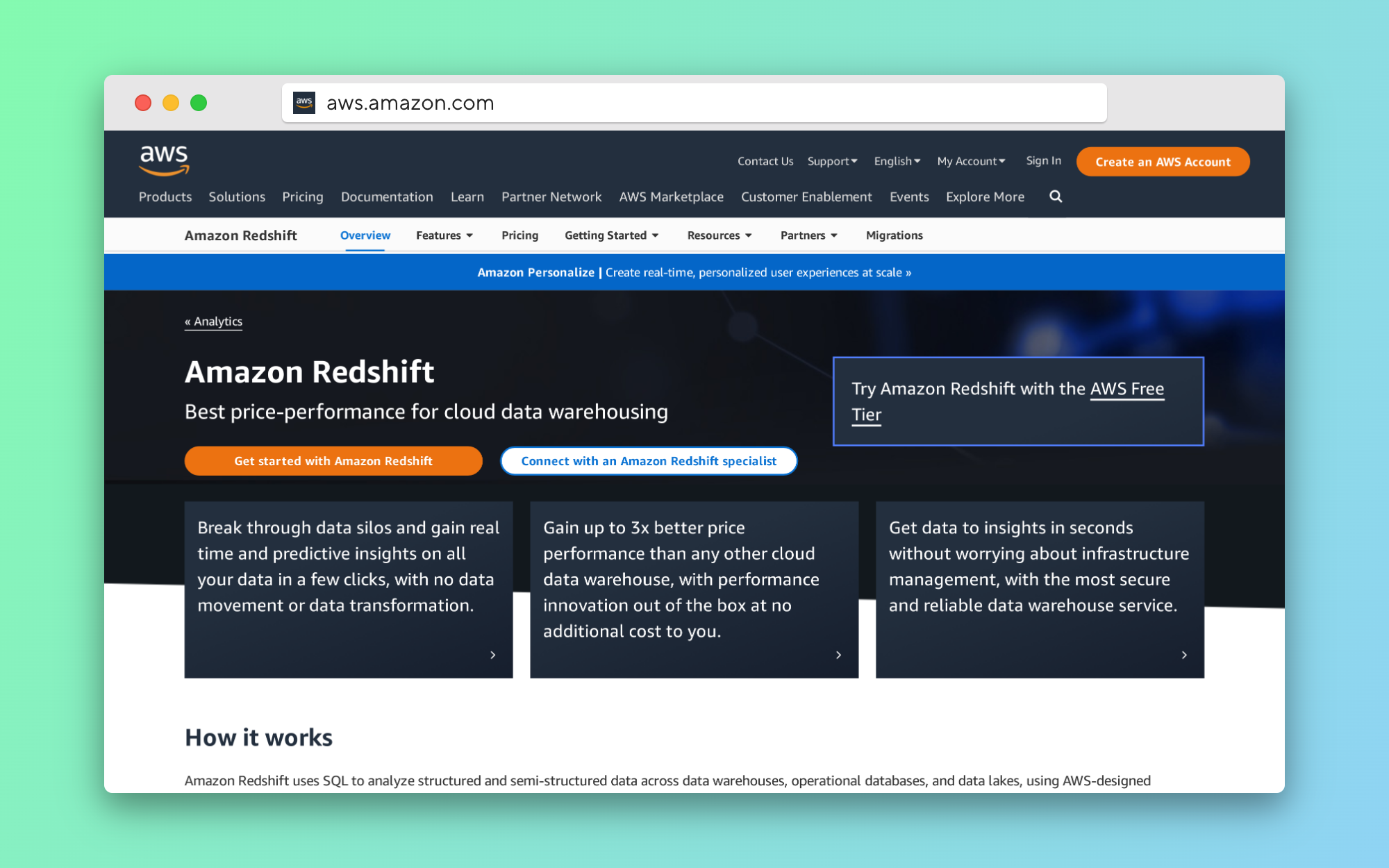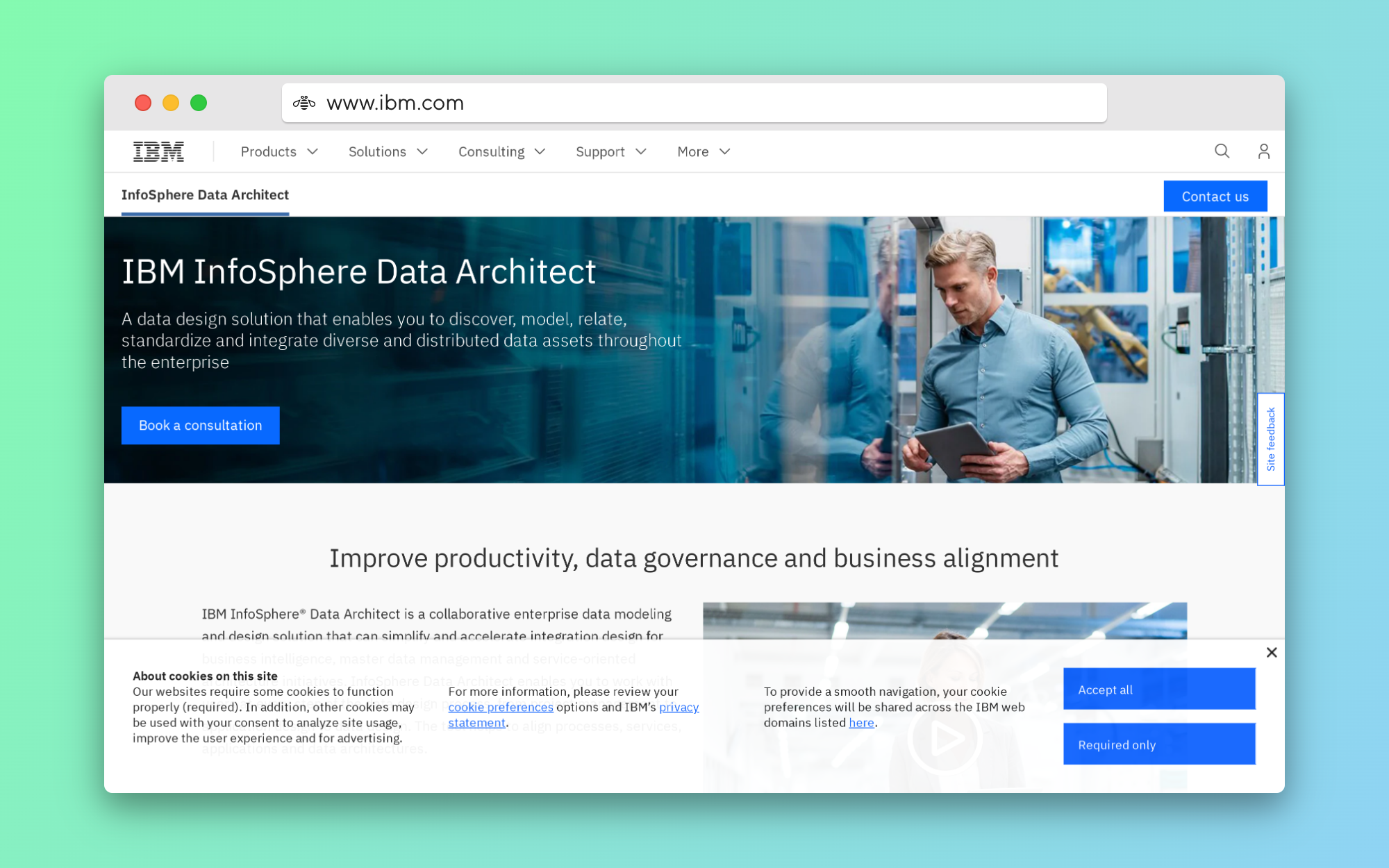I Tried These Data Modeling Tools and Here's My Review
Published on

Just like you, I also want to unlock the full potential of your data with the top data modeling tools available. So I tried everything on the market from Entity Relationship Models to Big Data Modeling. And here is my honest review of the most effective tools for various data analysis needs, helping businesses of all sizes gain valuable insights and make data-driven decisions. Dive in and find the perfect tool for your organization's needs.
What is Data Modeling?
Data modeling is the process of creating a visual representation of data, which helps organizations to better understand their data and make informed decisions. Data modeling involves identifying the key entities, attributes, and relationships in a data set and then creating a model that can be used to analyze and manipulate the data. Effective data modeling is essential for businesses of all sizes, as it helps them to gain insights into their data and make better decisions.
Entity Relationship Model (ERM)
The Entity Relationship Model (ERM) is a data modeling technique that is widely used in database design. ERM is based on the concept of entities, which are the objects or concepts that are important to an organization. ERM allows organizations to create a visual representation of their data, which helps them to understand the relationships between different entities and how they are connected. Examples of ERM tools include ER/Studio, ERWin, and Toad Data Modeler.
Data Models in DBMS
A database management system (DBMS) is a software system that is used to manage and manipulate data. Data models are an important part of DBMS, as they help to define the structure of the data that is stored in the database. Several data modeling tools can be used in DBMS, including Oracle SQL Developer Data Modeler, Microsoft SQL Server Management Studio, and IBM Data Studio.
Other Data Modeling Tools
In addition to ERM and data models in DBMS, several other data modeling tools can be used for effective data analysis. These include:
UML Data Flow Diagram (opens in a new tab)
A UML data flow diagram is a graphical representation of a system that shows how data flows through the system. It is used to model the data flow between different entities in a system.
Data Relationship Diagram (DRD) (opens in a new tab)
A Data Relationship Diagram (DRD) is a graphical representation of the relationships between different entities in a data set. It is used to model the relationships between different entities and how they are connected.
Data Model Schema (opens in a new tab)
A data model schema is a blueprint that defines how data is organized and structured in a database. It is used to define the relationships between different entities and how they are connected.
Entity Relationship Database (ERD) (opens in a new tab)
An Entity Relationship Database (ERD) is a database model that is based on the Entity Relationship Model (ERM). It is used to create a visual representation of the data and the relationships between different entities.
Advanced Data Modeling Tools
In addition to the basic data modeling tools, there are also several advanced data modeling tools that can be used for more complex data analysis tasks. These include:
Erwin Data Modeling Tool
The Erwin Data Modeling Tool (opens in a new tab) is a data modeling tool that is used to create data models and manage data metadata. It is widely used in database design and management.
Alteryx Model and Alteryx Data Modeling
Alteryx Model (opens in a new tab) and Alteryx Data Modeling are data modeling tools that are used to create data models and perform data analysis. They are widely used in business intelligence and data analytics.
Master Data Management Models (MDM)
Master Data Management Models (MDM) are data models that are used to manage master data, which is the core data that is used by an organization. MDM models are essential for maintaining data consistency across different systems.
Collibra Metamodel
Collibra Metamodel is another powerful tool that allows data analysts to create a comprehensive data model with detailed documentation. It is a web-based platform that provides users with a graphical interface to create, edit, and view data models, as well as to define data types, attributes, and relationships between entities.
One of the key features of Collibra Metamodel is its ability to automatically generate data dictionaries, which are crucial for effective data governance. With data dictionaries, data analysts can easily document data elements, their definitions, and their relationships with other data elements. This helps ensure that everyone in the organization is using the same terminology and that data is being interpreted consistently across all departments.
Big Data Modeling and Management Systems
Definition of big data modeling
Big data has transformed the way organizations store and process data. As the volume and variety of data continue to increase, the traditional data modeling tools and techniques have proven to be inadequate. Big data modeling involves designing a data architecture that is capable of handling large amounts of structured and unstructured data.
Examples of big data modeling and management tools
Apache Hadoop (opens in a new tab) is a popular big data platform that provides tools for managing and processing large datasets. Apache Hive is a data warehouse infrastructure that provides data summarization, query, and analysis. Apache Pig is a platform for analyzing large datasets using a high-level language called Pig Latin.
Apache Spark (opens in a new tab) is a distributed computing framework that is designed for big data processing. Spark includes support for SQL, streaming, machine learning, and graph processing. Apache Cassandra is a distributed NoSQL database that is designed for handling large amounts of data across multiple servers.
Physical Design Database
Physical database design is the process of determining the optimal physical structure of a database. This involves specifying the file organization, indexing, and partitioning schemes. Physical database design is important for ensuring efficient data access and storage.
SQL Server Management Studio (SSMS) is a popular database management tool for designing and managing SQL Server databases. SSMS includes a graphical designer for creating database diagrams, as well as tools for managing database objects such as tables, views, and stored procedures.
Security and customer data modeling tools
Splunk Threat Intelligence Data Model Splunk is a popular platform for collecting, indexing, and analyzing machine-generated data. Splunk provides a threat intelligence data model that is designed for detecting and analyzing security threats. The Splunk threat intelligence data model includes pre-built data models for common security use cases such as intrusion detection, malware analysis, and network traffic analysis.
Enterprise Security Data Models Enterprise security data models are designed to support security-related use cases such as threat detection and response, compliance, and risk management. These data models typically include pre-defined schemas for common security-related data such as logs, events, and network traffic.
Customer Data Platform Data Model A customer data platform (CDP) is a platform that collects, stores, and analyzes customer data from various sources such as CRM systems, marketing automation platforms, and customer service systems. The CDP data model is designed to provide a unified view of the customer across all channels and touchpoints.
Master data management (MDM) is the process of managing the master data of an organization. MDM involves creating a single, authoritative source of master data that can be shared across the organization. Informatica MDM is a popular MDM platform that provides tools for managing master data. The Informatica MDM data model includes pre-built schemas for common master data domains such as customer, product, and supplier.
Best Data Modeling Tools
Redshift Data Modeling Tool
Amazon Redshift (opens in a new tab) is a cloud-based data warehousing service that is designed for handling large amounts of data. Redshift provides a data modeling tool that allows users to design and optimize their data warehouse schema. The Redshift data modeling tool includes support for defining tables, constraints, and relationships.

IBM InfoSphere Data Architect
IBM InfoSphere Data Architect (opens in a new tab) is a data modeling tool that provides a collaborative environment for designing, documenting, and deploying data architectures. InfoSphere Data Architect includes support for creating and modifying entity-relationship diagrams, data flow diagrams, and other types of data models. InfoSphere Data Architect also includes tools for generating SQL scripts, database schemas, and data integration mappings.

Conclusion
Data modeling is a critical step in the data analysis process. Choosing the right data modeling tool can help organizations design and manage their data architectures more effectively. In this article, we have discussed some of the top data modeling tools available today, including entity relationship modeling tools, data modeling tools in DBMS, UML data flow diagrams